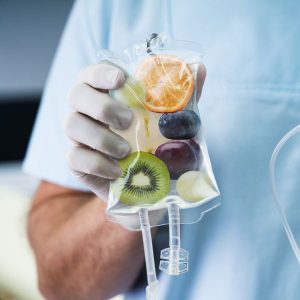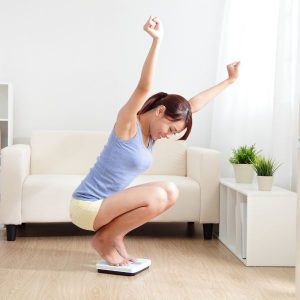You may remember our friend, Aunt Flo, our popular euphemism for menstruation. In this blog, we will discuss her daughter, PreMenstrual. Pre comes to visit during the luteal phase before Aunt Flo, and she can cause significant disruption. The objectives of this blog are to identify the criteria for making the diagnosis of PMS and PMDD and to describe treatment options for PMS and PMDD.
Premenstrual comes to visit many women before Aunt Flo. Premenstrual symptoms occur in approximately 75 to 85% of women. It causes significant disruption in approximately five to 10% of women.
PMS is a group of physical, mood-related, and behavioral changes that occur in a regular cyclic relationship to the luteal phase of the menstrual cycle and that interfere with some aspect of the patient’s life. PMS can be diagnosed if a patient reports at least one of the following symptoms during the five days before menses of three menstrual cycles. Depression, angry outbursts, irritability, anxiety, confusion, social withdrawal, breast tenderness, abdominal bloating, headache, or swelling of extremities.
The diagnostic criteria for premenstrual dysphoric disorder, or PMDD, is outlined in the Diagnostic and Statistical Manual of Mental Disorders Fourth Edition. This DSM IV states that PMDD can be diagnosed if there are a specific set of at least five of 11 possible symptoms, with at least one core symptom of depressed mood, anxiety or tension, irritability, or a decreased interest in activities, or anhedonia.
Other possible symptoms include a subjective sense of having difficulty concentrating, lethargy, fatigue, or a marked lack of energy, a marked change in appetite and cravings for certain foods, hypersomnia or insomnia, feeling overwhelmed or out of control, or somatic symptoms such as abdominal bloating, fatigue, and breast tenderness. These disturbances markedly interfere with work, school, or with usual social activities and relationships with others.
The majority of patients who present for treatment of PMS do not actually demonstrate symptoms related to the luteal phase. The differential diagnosis should include medical problems and psychiatric disorders. A menstrual diary involves a patient monitoring her symptoms for two or more consecutive menstrual cycles. For the diagnosis of PMS, she only needs one symptom and a symptom-free interval after her menses. For the diagnosis of PMDD, she needs five of the list of 11 symptoms with one core symptom, and she must have a symptom-free follicular phase.
Nonpharmacological treatments include aerobic exercise, calcium and magnesium supplementation, and eating fresh rather than processed foods. Pharmacological treatment involves nonsteroidal anti-inflammatory drugs, ovulation suppression with oral contraception, serotonin selective reuptake inhibitors, and bio-identical hormone therapy. Start your treatment by purchasing our Advanced PMS Support blend supplement.
>> Get our Advanced PMS Support supplement here <<
I hope this blog was informative, schedule a consultation with our team today to assess your PMS and PMDD symptoms.
Get well,
Dr. Shel
P.S. Check out our September Specials for some limited-time deals!


















